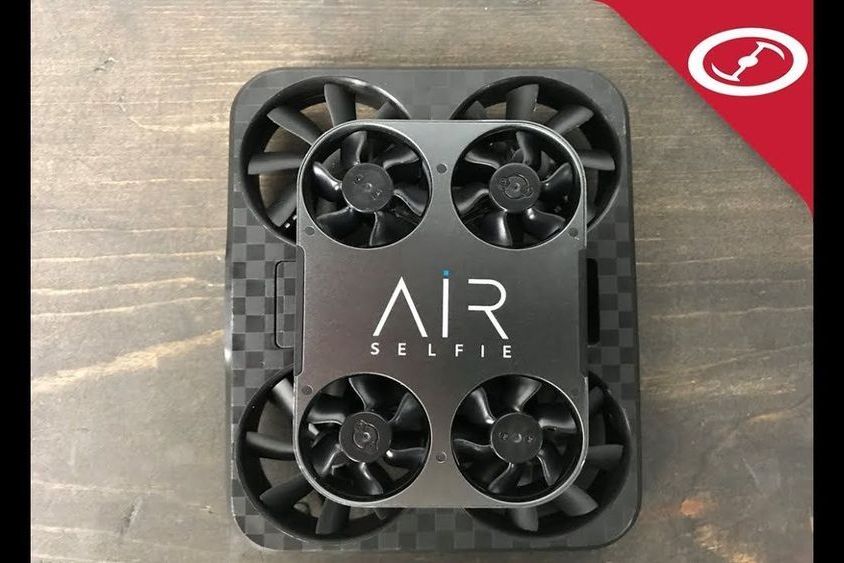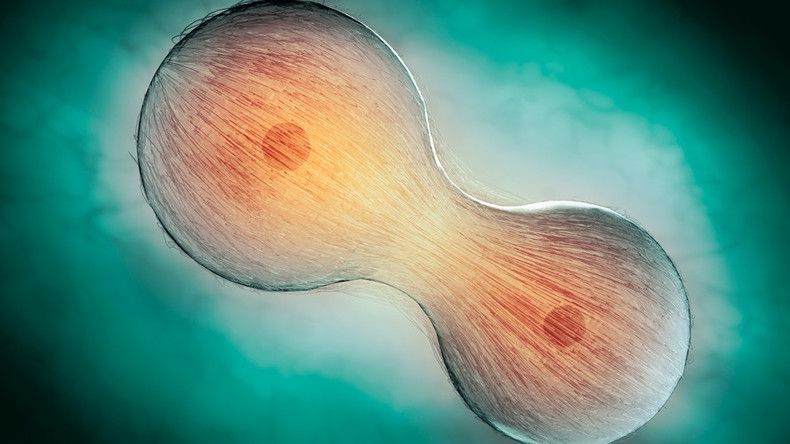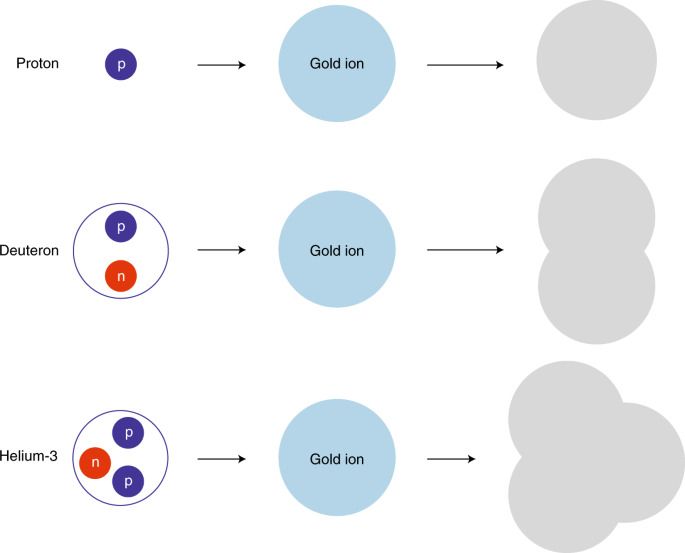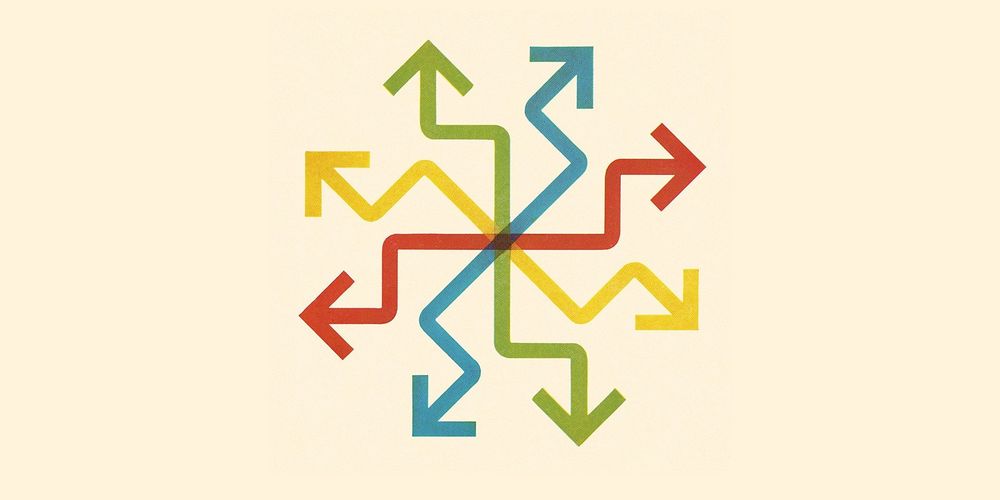New study suggests that fungi are an overlooked interplanetary contamination threat.
The AirSelfie 2 and JJRC H59 Ferry are two selfie drones with a lot in common. If you are thinking about getting a selfie drone then READ THIS FIRST.
Scientists discovered how to rejuvenate old cells to make them look and act like young cells, in a way that may change the way we age.
Quark–gluon plasma has been recreated in heavy-ion collisions, providing a glimpse of the very early Universe. The PHENIX Collaboration offers new insights into the possible creation of this state in smaller collision systems.
Nothing can threaten a velvety green lawn like vagabond dandelions—but it isn’t all bad, says a University of Alberta gardening expert.
In fact, people may want to actually welcome the fluffy yellow blooms into their yards, said Ken Willis, head of horticulture at the U of A Botanic Garden.
“There’s starting to be a lot more argument that they should be kept because of what they can do for pollinators. Ecologically they are becoming very important as a food source for domestic and wild species of bees, particularly in early spring because they grow so soon. Butterflies and moths also feed on them as a source of sugar, and some species of birds feed on dandelion seeds,” said Willis, who leaves room for the hardy plant in natural areas in the botanic garden.
It actually makes more sense that all the foundational physics laws do not exist but somehow they do. That is why I still believe there is some governing force that controls the parameters possibly. It makes more sense that our universe somehow was not created than it all somehow just magically sustained itself. That is why I think aliens created the universe as a containment possibly or that the laws of physics somehow are not completely know of how they all work together. Some talk about super symmetry but still seems some sorta things are still not know and we may never know until the theory of everything can be created.
Our best theories predict that all the matter in the universe should have been destroyed as soon as it existed. So how comes there’s something, not nothing?
By Daniel Cossins
Mystery: Why does anything exist at all?
THERE is plenty to recommend the standard model, our best description of particles and their interactions. But it has the odd awkward lapse. “It is a somewhat embarrassing fact that it fails to explain our existence,” says Werner Rodejohann at the Max Planck Institute for Nuclear Physics in Germany.
Learn how a wildlife photographer formed an unusual connection with a bobcat family in Texas.
Circa 2015
By comparison, Microsoft Windows—one of the most complex software tools ever built for a single computer—is about 50 million lines.
At some convenience stores, an A.I. system may bar the door if you look like the suspected criminals in its database, or if you’re wearing a mask. That’s part of the growing use of facial recognition and video analytics, a…









